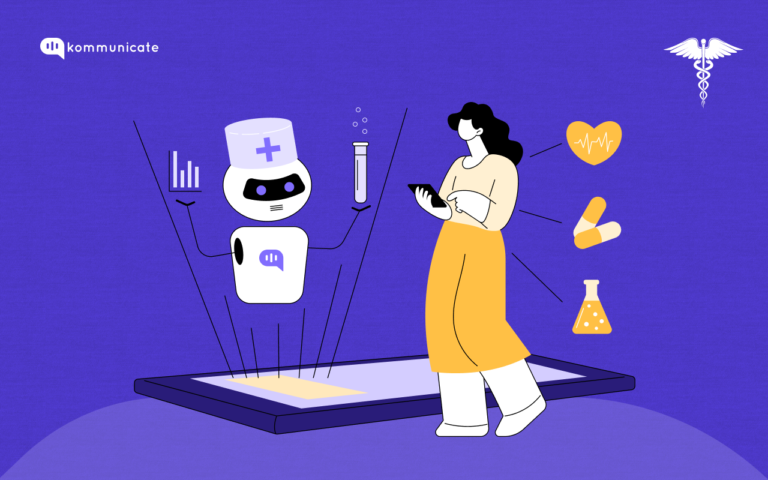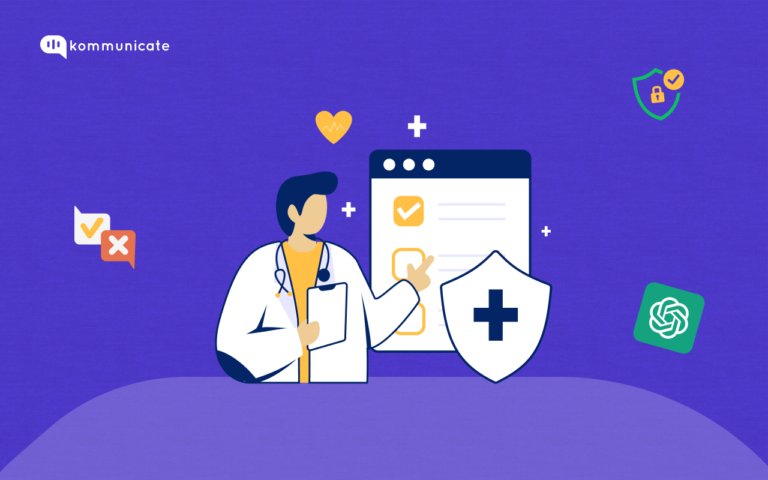Updated on October 16, 2023
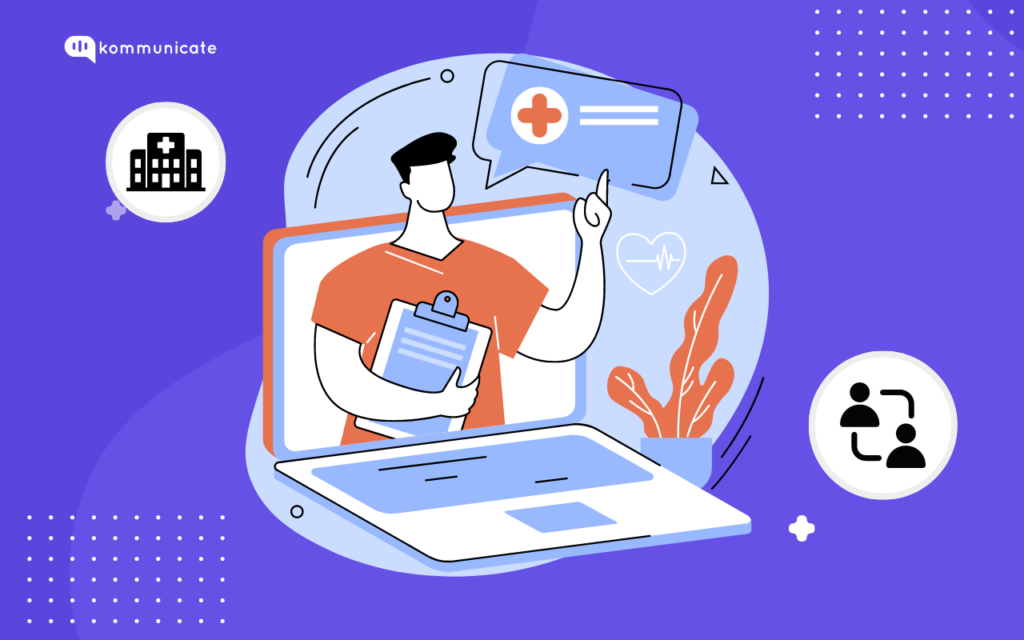
The number of virtual patient visits went from 0.84 to 52.7 million in 2020, and 37% of people used telemedicine in 2021. What do these numbers mean for the future of healthcare?
The days of patients having no choice but to visit the hospital for every issue are well past us. We live in a digitalized age where patients can interact with their healthcare providers remotely and resolve minor issues. Furthermore, hey can also receive tips and advice to manage their illness or treat their disease. This is called digital patient engagement, where patients are well-informed and driven to manage their medical care through digital means.
However, digital patient engagement in hospitals is still nascent, with patients still struggling to get the care they need. In this article, we will cover the aspects of digital patient engagement and how to implement it best.
1. Current State of Digital Patient Engagement
Consider Bethany, a 65-year-old geriatric patient who suffers from osteoarthritis and needs a comprehensive set of healthcare practices to manage her condition. This includes seeing a Rheumatologist regularly along with a physiotherapist for exercise.
Bethany finds it hard to travel to the clinic/hospital and even finds it challenging to remember the complex medication and exercise schedules prescribed to her. The solution here is to use Telemedicine, cloud scheduling software, and proactive customer support to meet her medical needs adequately.
Cloud scheduling and automated messaging can remind Bethany when to take her medicine and exercise. Telemedicine can aid Bethany in performing physiotherapy the right way and strengthening her joints and muscles.
When it comes time for the inevitable checkup, Bethany can manage to see her doctor when it is convenient for her. However, this is an ideal scenario and not in touch with the realities of hospital management today.
Here are a few common pain points of digital patient engagement and how to overcome them as a healthcare provider:
a. Most healthcare facilities are missing essential patient resources.
Most hospitals don’t have guided virtual tours and don’t have a services map integrated with their facility. Also, digital content on pre- and post-operational procedures is few and far between. Another major challenge patients face is the absence of content to educate patients about insurance benefits.
Solution: Integrating a virtual tour on the Hospital website
Patients can access hospital services and navigate the healthcare facility using a virtual hospital tour and healthcare services map. Also, hospitals need to design sticky navigation menus on hospital websites. With good site menus, patients can find what they want quickly and get treated faster. Hospital websites should be designed for the elderly as well.
b. Patient portals are not available in all healthcare facilities
Most hospitals and clinics function with a basic website that does not offer much functionality for the patient. Therefore, this is significant since patients will have to manually carry medical records and schedules, even though patient portals are relatively inexpensive to implement.
Solution: Implementing a dedicated patient portal on the hospital website.
Using secure patient portals, healthcare facilities can provide patients with 24/7 access to all pertinent medical information. Such information can include electronic medical records, medication schedules, doctor appointments, and visits. Patients and doctors can save time by enabling easy scheduling of non-emergency appointments, prescription refills, and more.
You might also want to read 7 Best Chatbots in Healthcare That Enhance the Patient Experience
c. Most hospitals/clinics are using legacy systems
Most hospitals still rely on manual appointment scheduling and outdated User Interface (UIs). This leads to inefficient patient queueing and increases the time between appointments and treatments.
Solution: Migrating legacy systems to mobile applications
Mobile applications are not just for food delivery apps. They have become vital parts of the healthcare system globally. Hospitals need to design an app that works or them using SaaS-based solutions for varying use cases. You can book appointments, improve patient engagement and even collect feedback using mobile applications built for your hospital.
Also read Top 9 benefits of WhatsApp chatbots in the Healthcare Industry
d. Patient testimonials and surveys
Most hospitals don’t put serious effort into gathering data about the patient experience in the form of testimonials and surveys. This way, the hospital missed out on evaluating the patient’s experience.
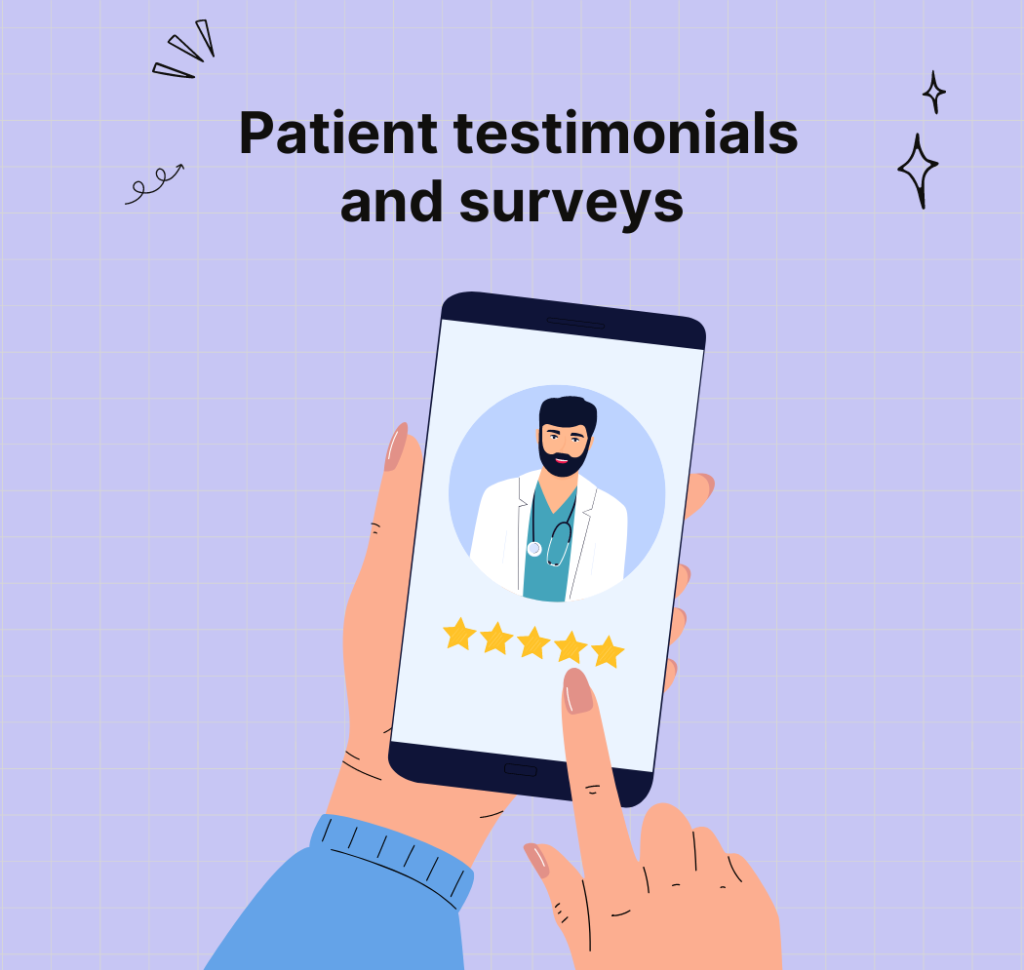
Solution: As a healthcare provider, you must make it easy for patients to leave their feedback in the form of surveys at various points in the care pathway. A care pathway is a complex intervention for the mutual decision-making and scheduling of care processes for a well-defined group of patients during a distinct period.
The feedback can either be in the form of a testimonial for other patients or as a survey for internal consumption and implementation. Patient testimonials enable other patients to trust in the hospital and process, thereby enhancing the patient experience.
A survey, on the other hand, helps the hospital management see what they are doing right and double down on it. On the contrary, the staff can also pick up on where they are going wrong and fix the process gaps.
e. Complex insurance process for the patient
One of the most challenging parts of the hospitalization process for a patient is navigating the maze of insurance claims and co-pay processes. Hospitals sometimes have dedicated staff to help patients use their insurance. But these departments are not immune to human error in documentation and processing.
Solution: Automating the insurance process
Hospitals must be proactive in helping their patients pay for the treatment with their health insurance. This can begin with self-service portals for patients that automate document validation and claims processing.
You might also want to read, How Chatbots For Insurance Are Being Used In 2022
2. Best Practices for Digital Patient Engagement
Digital patient engagement is more than just one technological aspect that can be applied universally to all healthcare facilities and hospitals. To ensure that your patient is optimally engaged, you must implement customized strategies for the best results. Here are some best practices to help you get started:
a. Inclusion, Equity, And Diversity
When you are adopting a digital patient engagement tool, it is equally important to consider diversity in backgrounds. Such engagement technology needs to be tested for usability and accessibility. The technology must be equally accessible to all, regardless of capabilities (for example, differently abled and senior citizens), language, location demographics, and more.
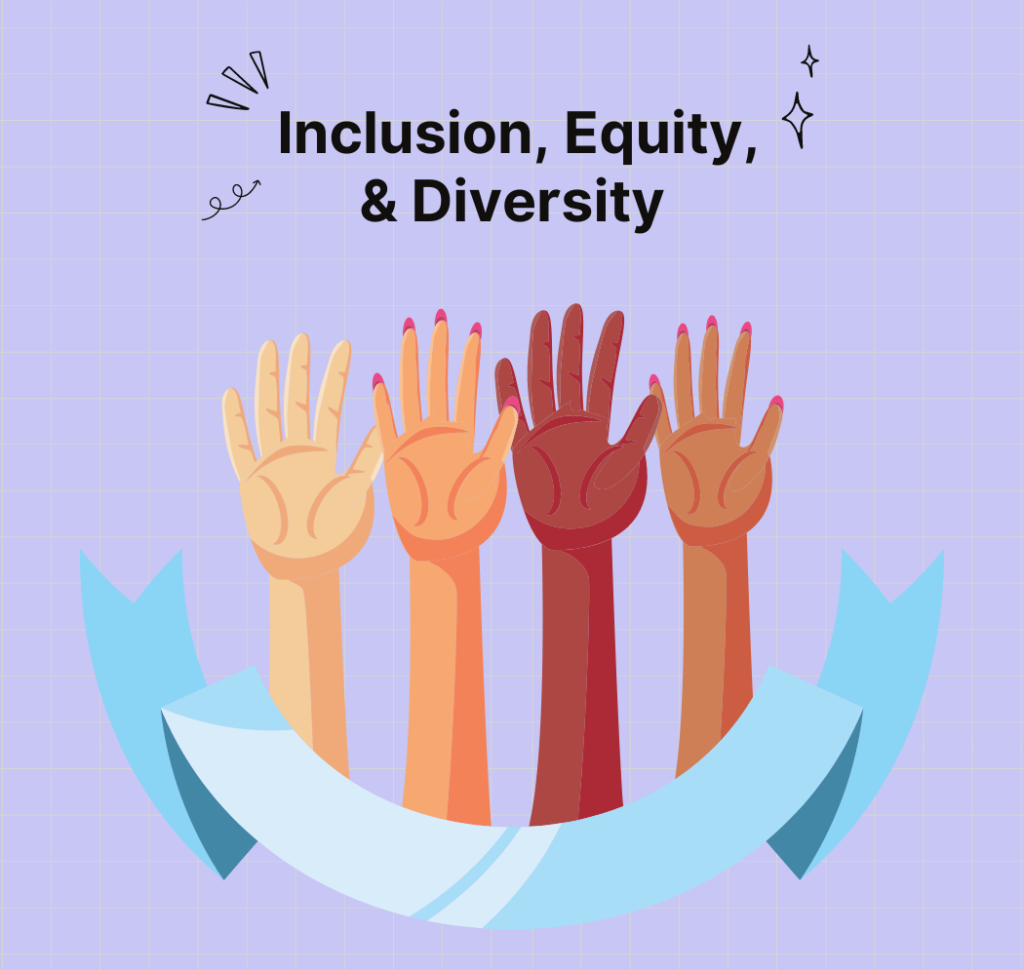
You will need to consider ease of use, medical regulations, and even typography and colors used to obtain optimal results.
b. Simplify communication channels
According to Statista, as of February 2021, 85% of North Americans surveyed had a smartphone. That still leaves out a significant portion of the population that owns an ordinary or feature phone. In such a scenario, you should ensure that even people who cannot download applications can receive alerts through SMS.
c. Customize the time and cadence of messaging
If your hospital branches are based across time zones, this point is especially significant. The patients who need reminders for appointments and medications need to get the messages at the right time and the right number of times. If the timing or cadence is off, the patient can be endangered through mistimed medication administration.
d. Tone of messaging
The adage that laughter is the best medicine is not without its due credit. The state of a patient’s mind plays a large role in how well they recuperate from illness and how fast. You can customize patient communications to relieve them of any illness-induced anxiety and stress. Also called the bedside manner, the attitude of a doctor towards a patient can also come across through digital means when it is programmed as such. You can ensure that patient messaging is soothing and reassuring to make the treatment process more pleasant.
You might also want to read 4 Ways Therapy Chatbots are Advancing Mental Health Treatments
Kommunicate’s Healthcare Solution
Kommunicate’s healthcare chatbot provides a highly efficient solution for appointment booking, answering patient queries 24/7, and gathering patient inputs. Regardless of your healthcare organization’s size, we can customize a healthcare solution to drive digital patient engagement.
You can also scale your solution along with the growth of your organization with great ease.
Wrapping Up
Digital patient engagement is a win-win strategy for healthcare providers and patients when implemented adequately. As elaborated above, such patient engagement removes barriers to quick and effective treatment. It also helps patients take control of their treatment journey by gaining better access to healthcare and related processes.
At Kommunicate, we envision a world-beating customer support solution to empower the new era of customer support. We would love to have you on board to have a first-hand experience with Kommunicate. You can signup here and start delighting your customers right away.





